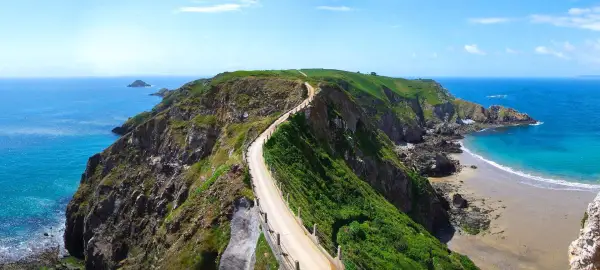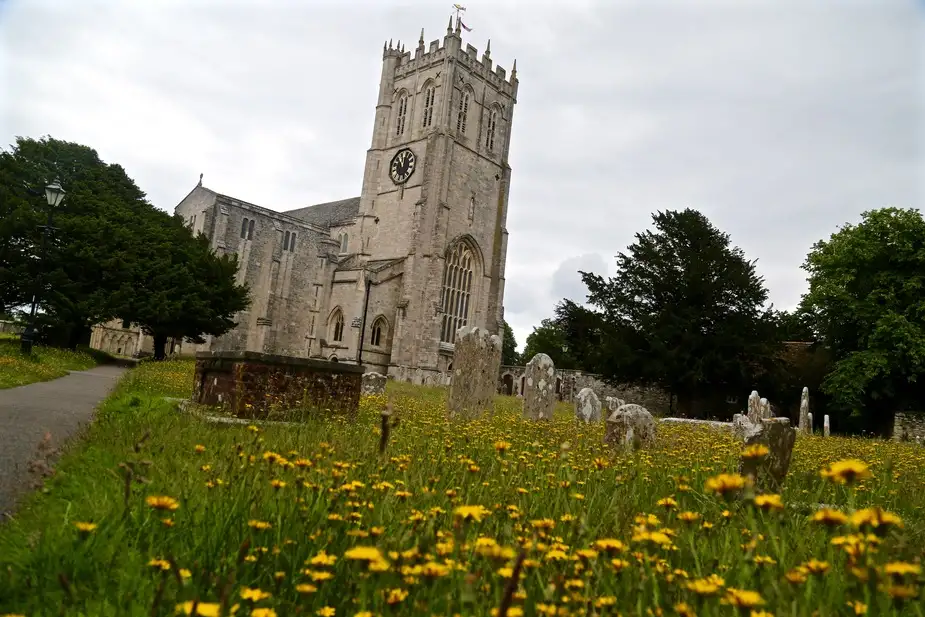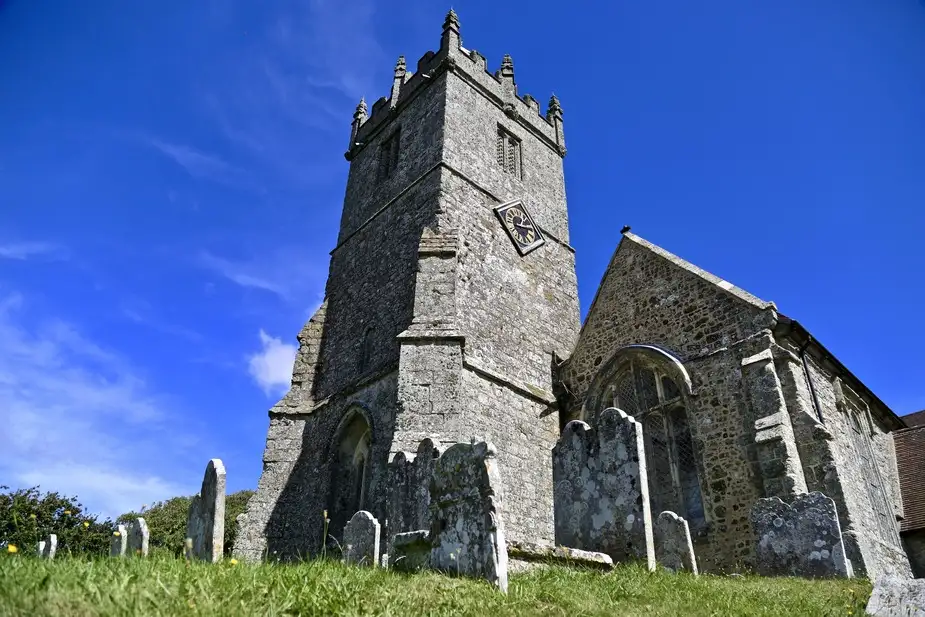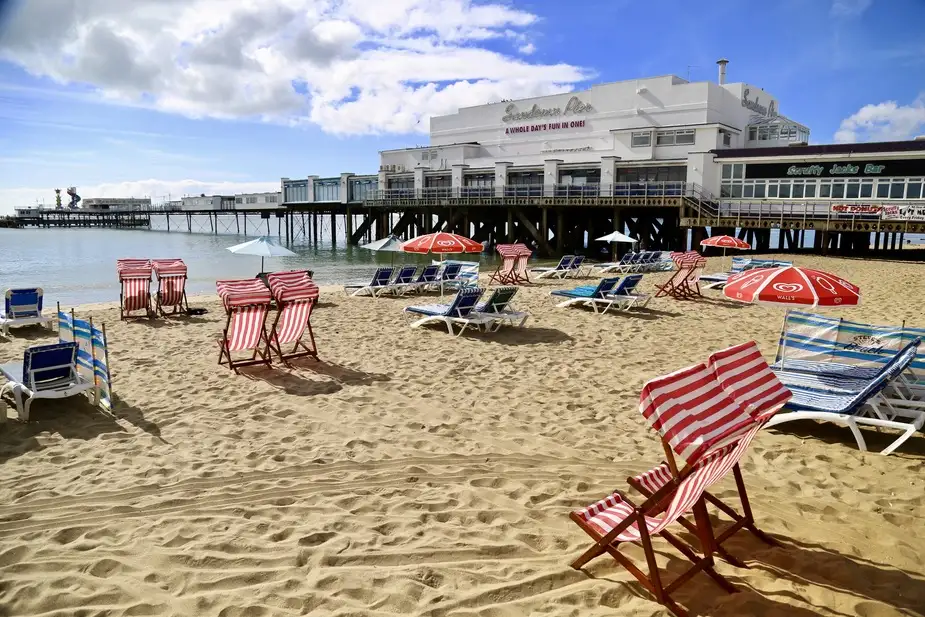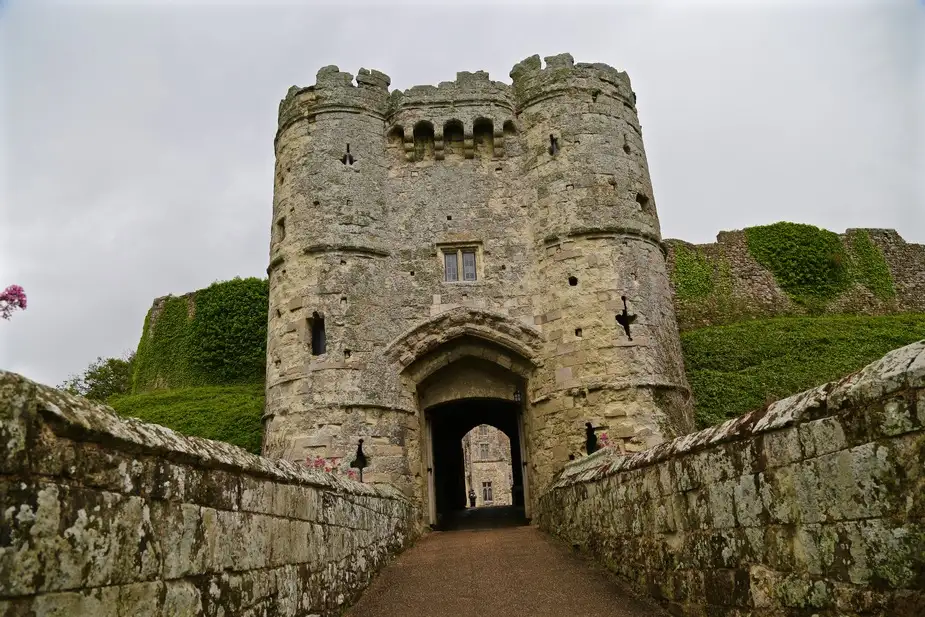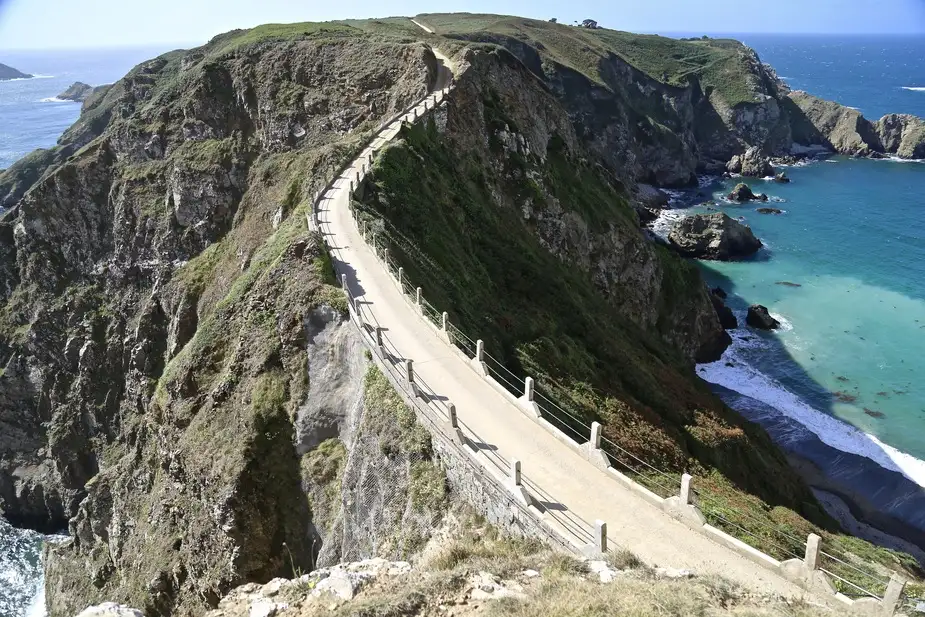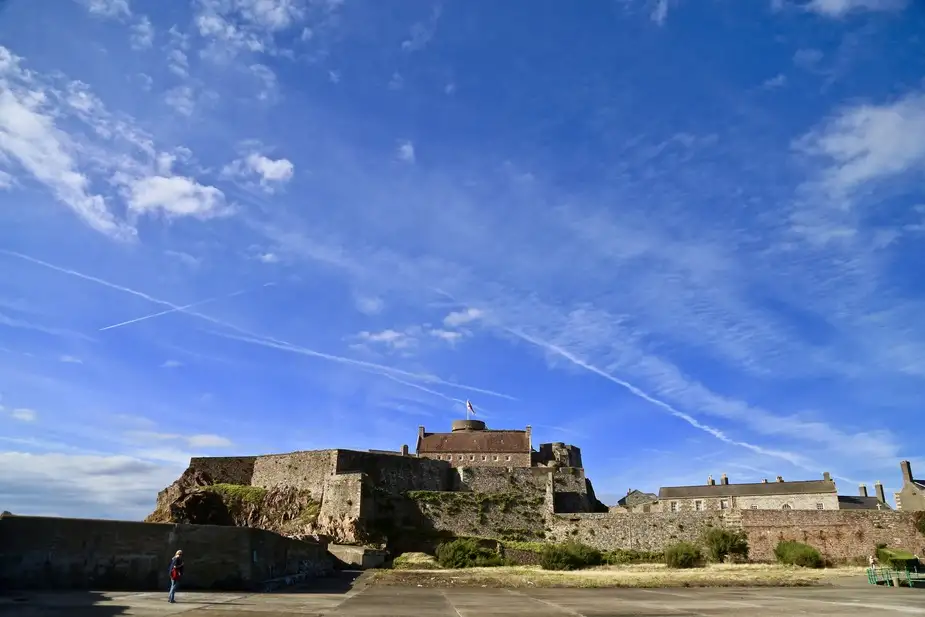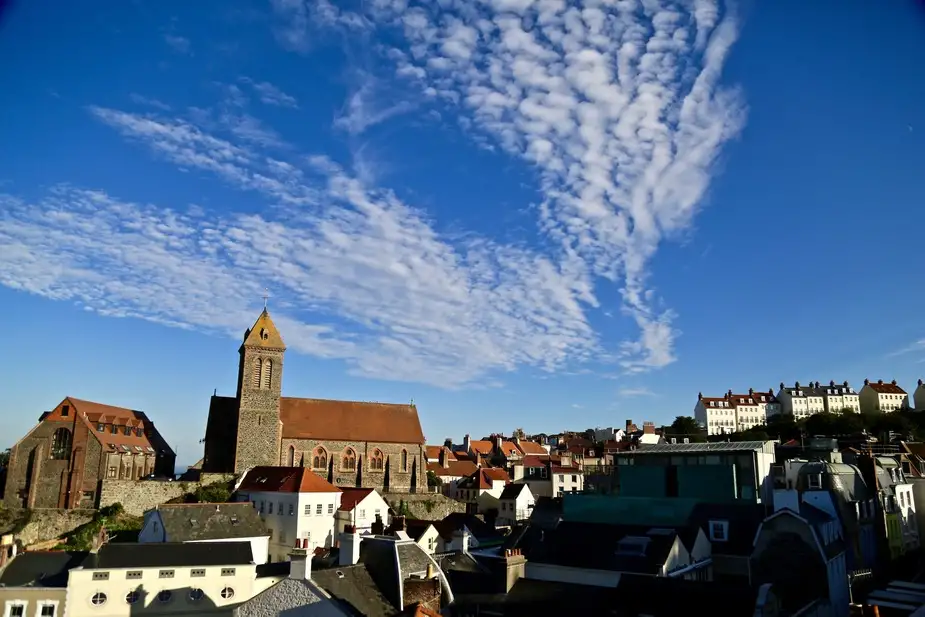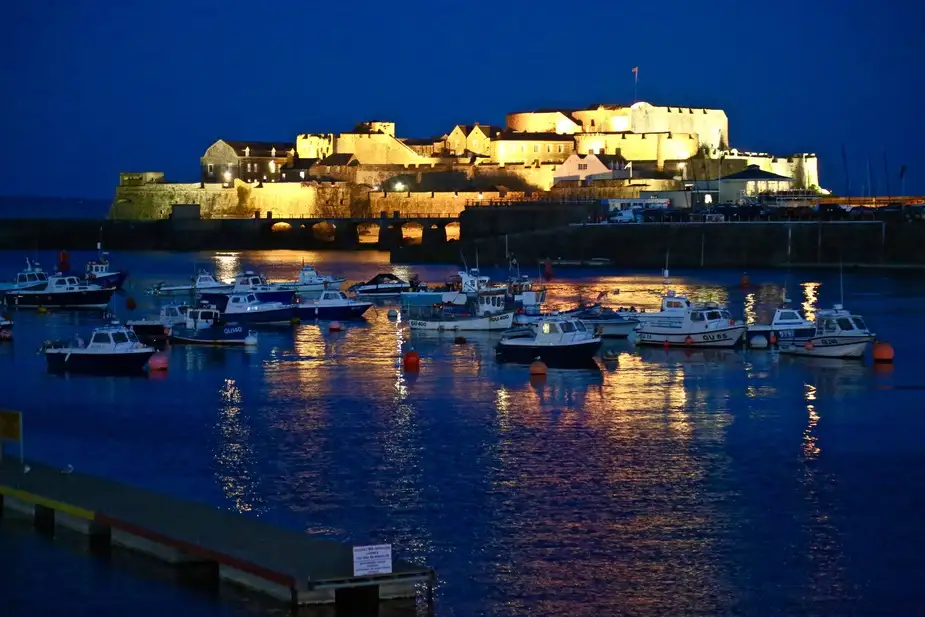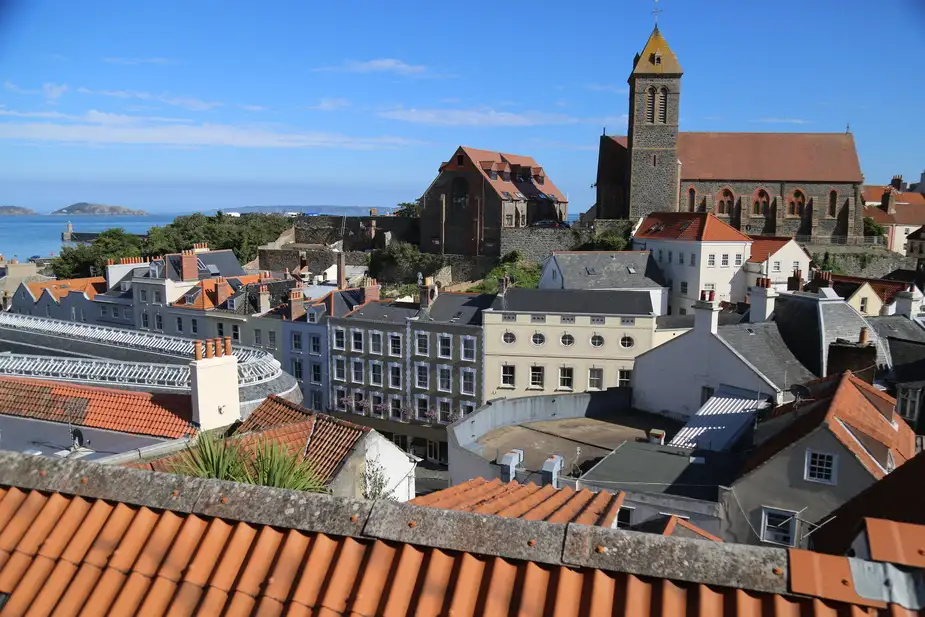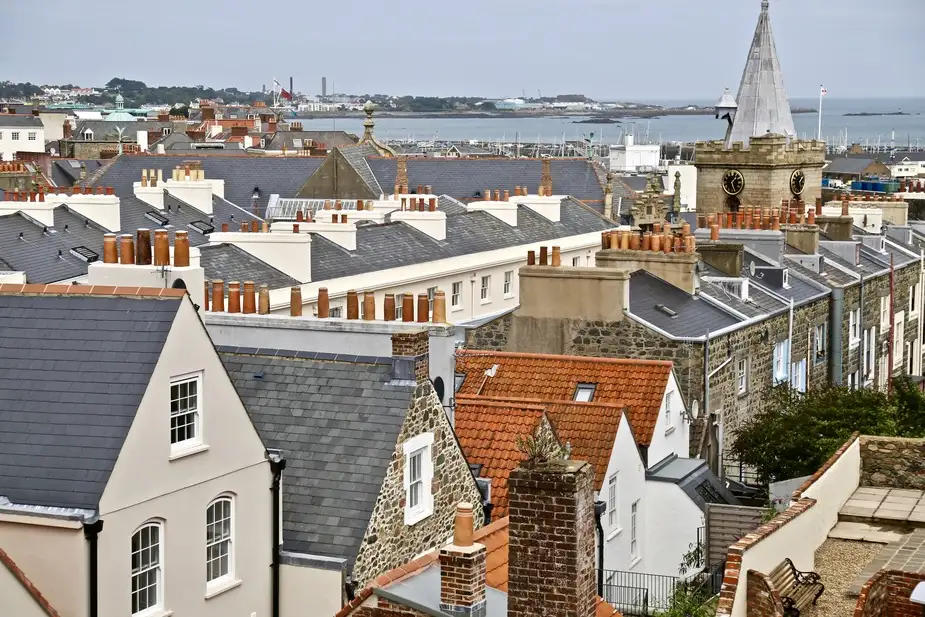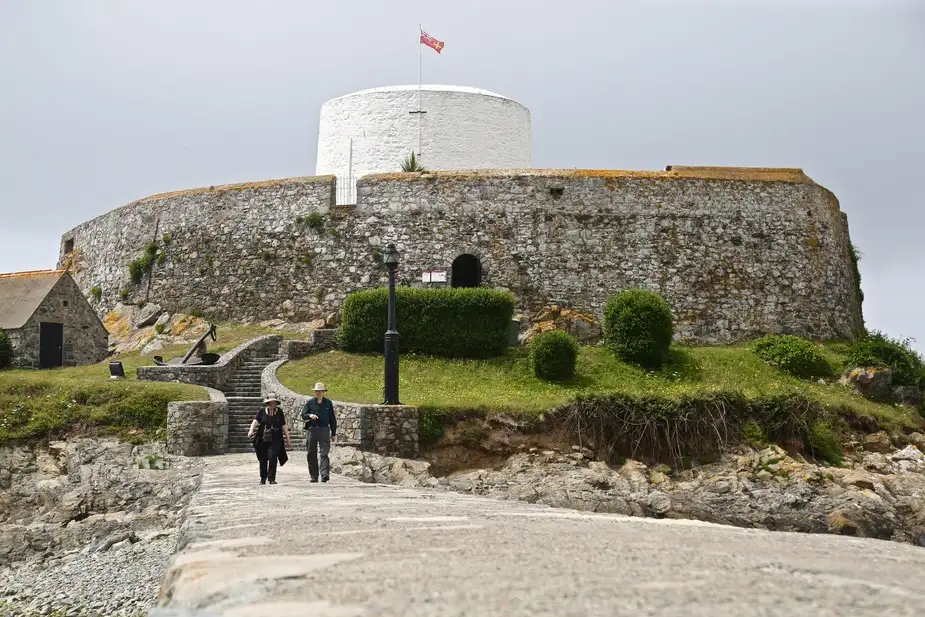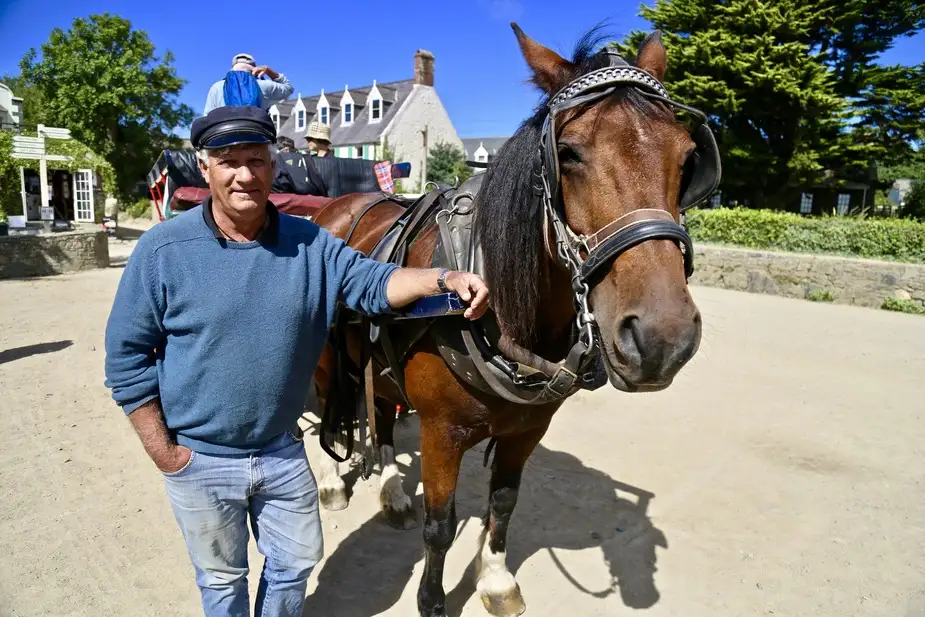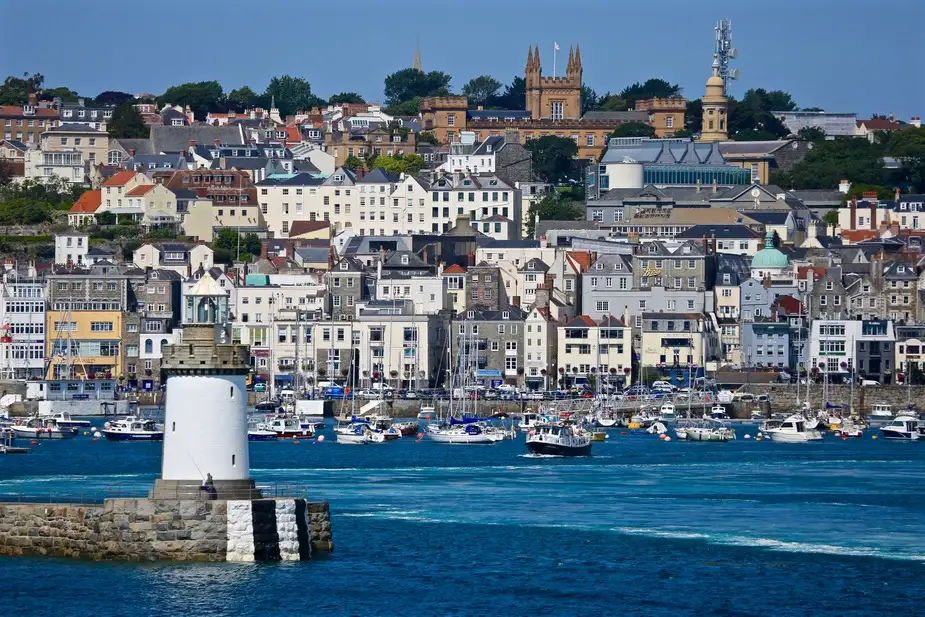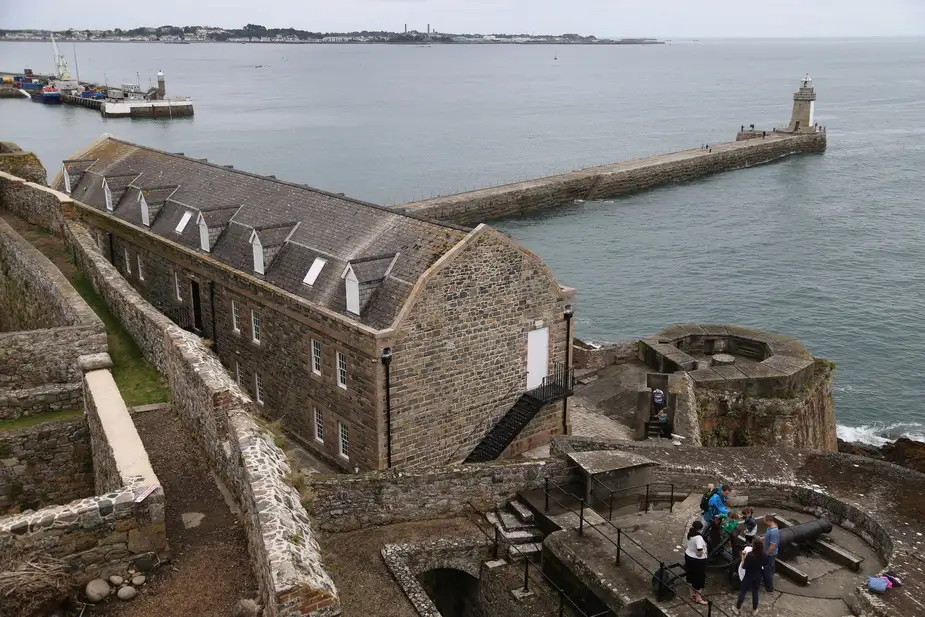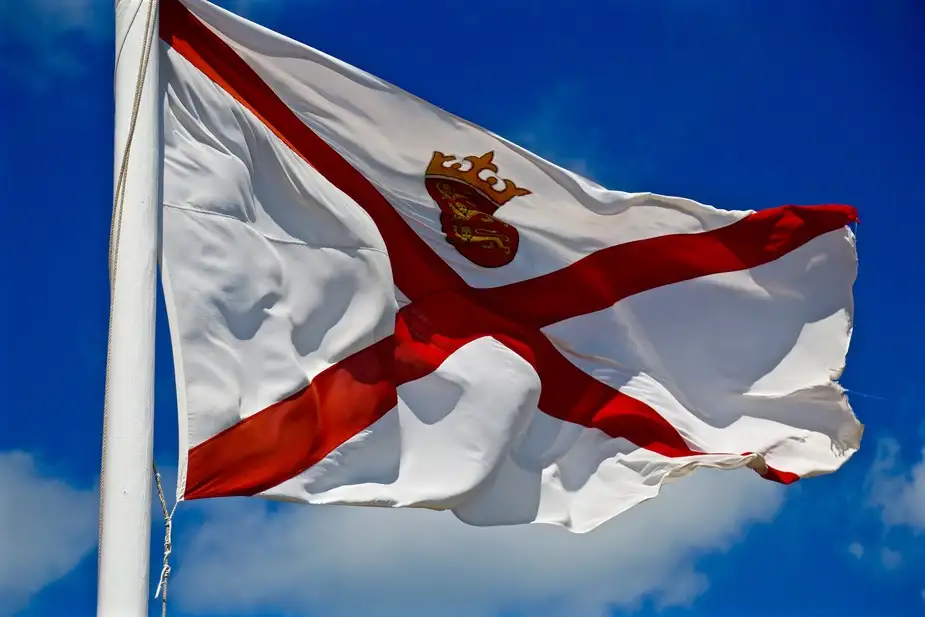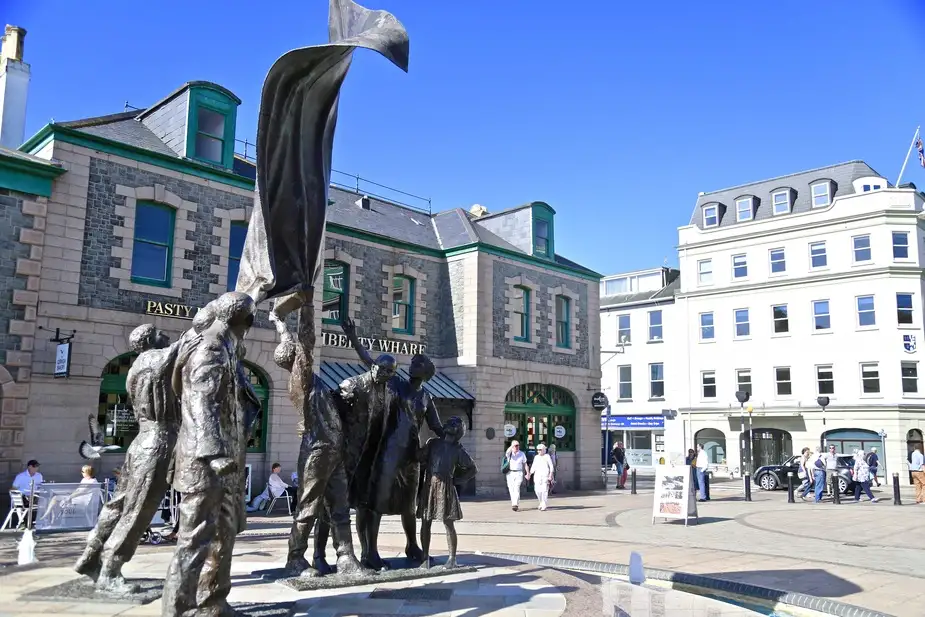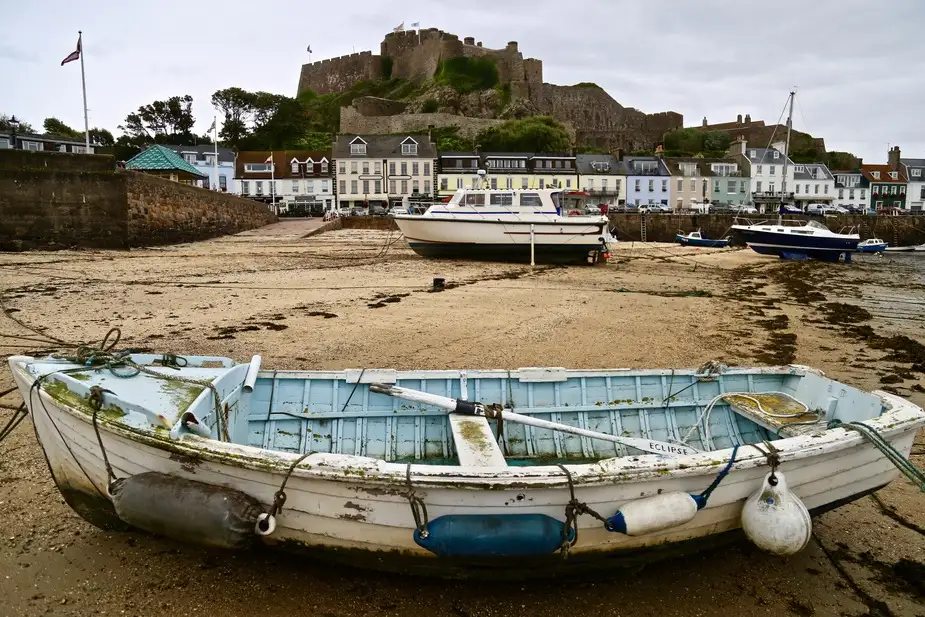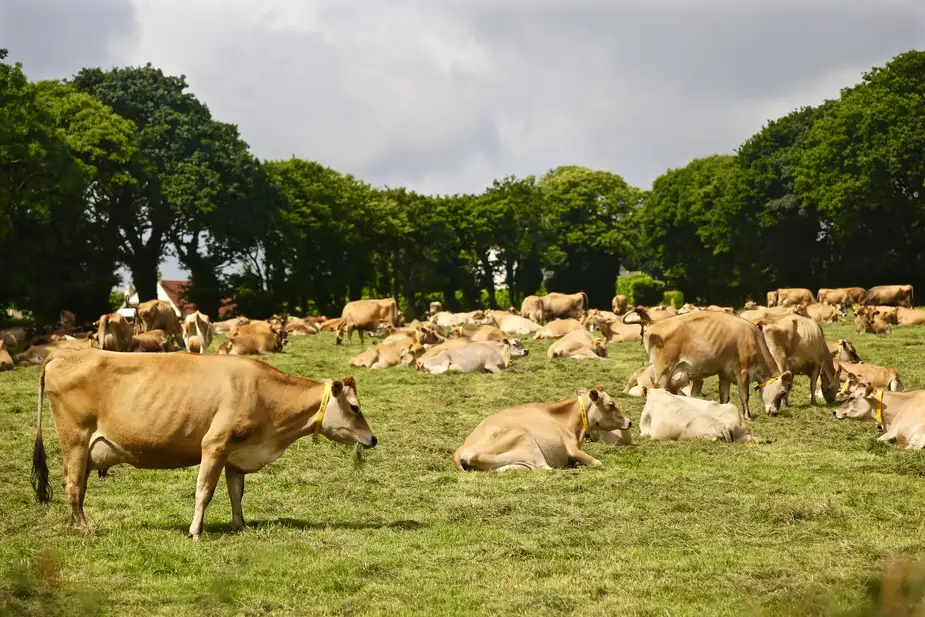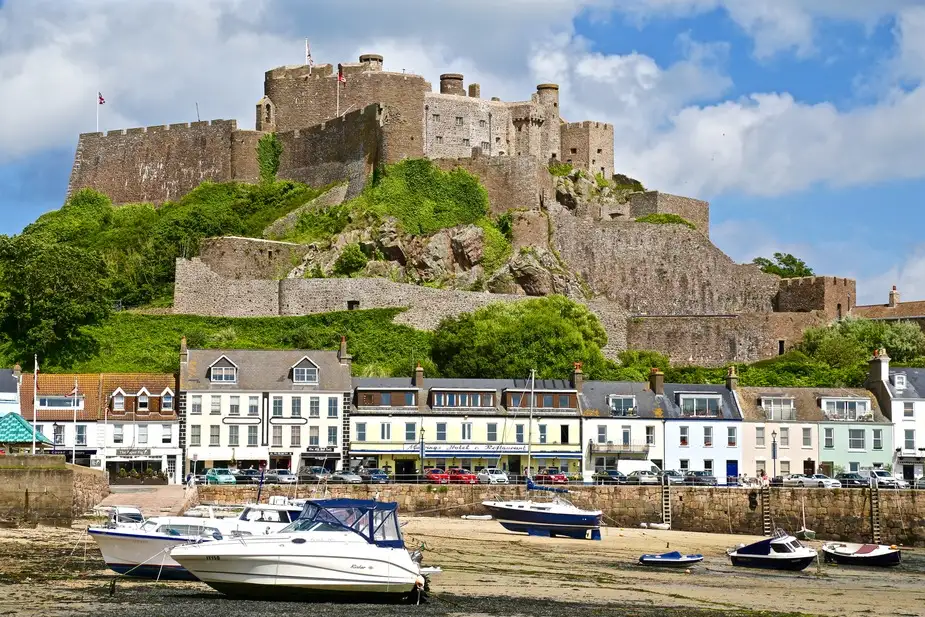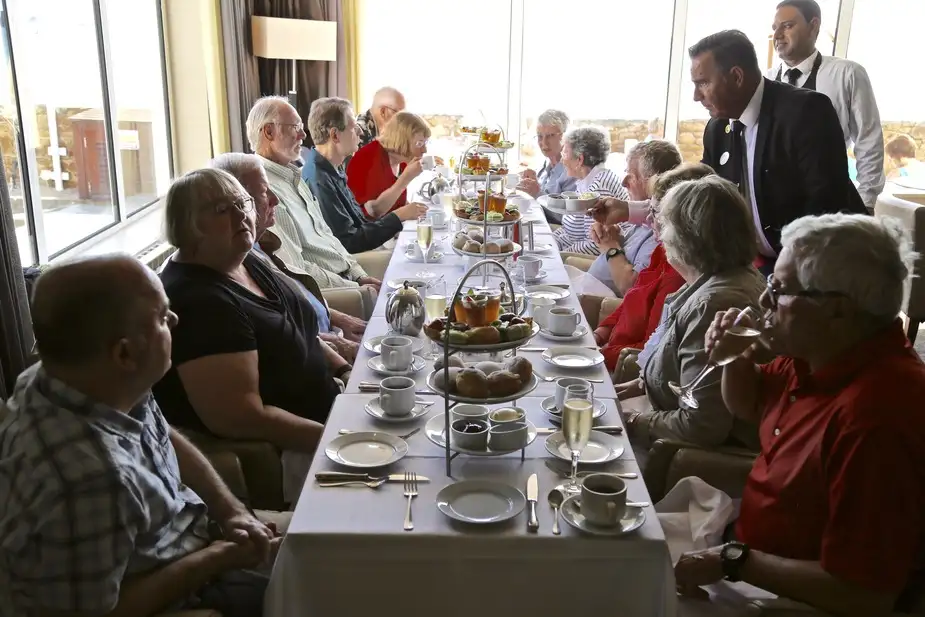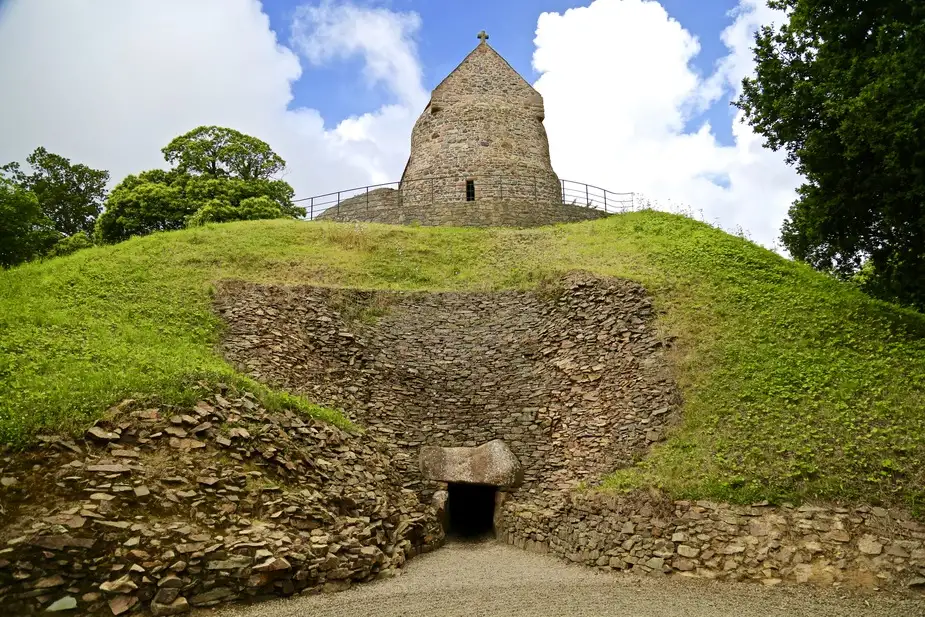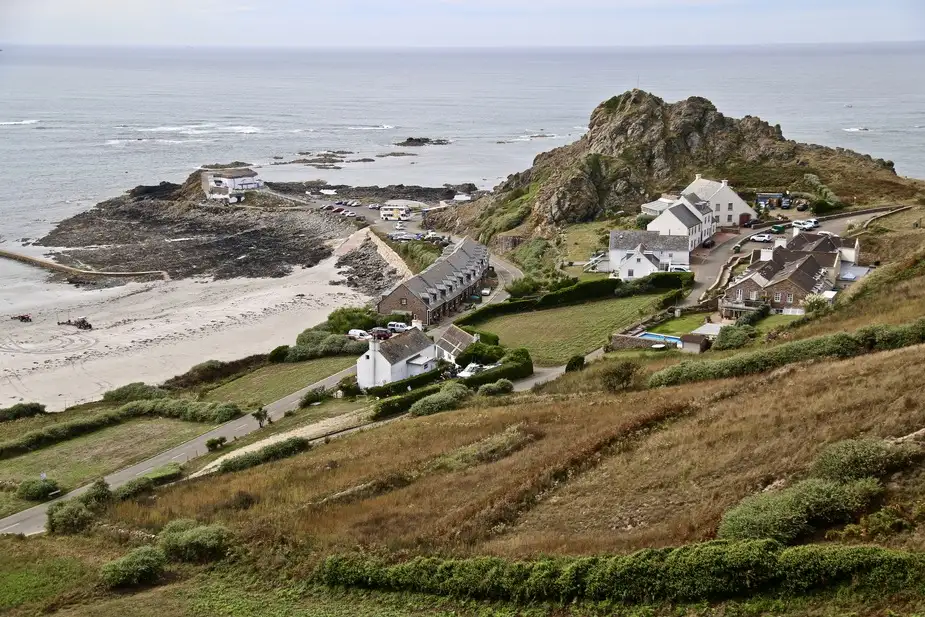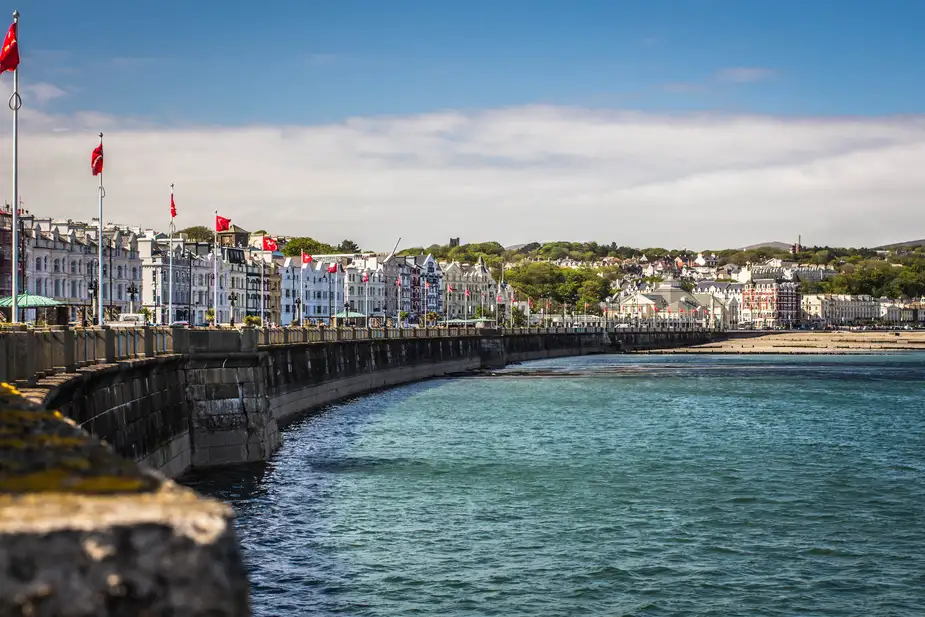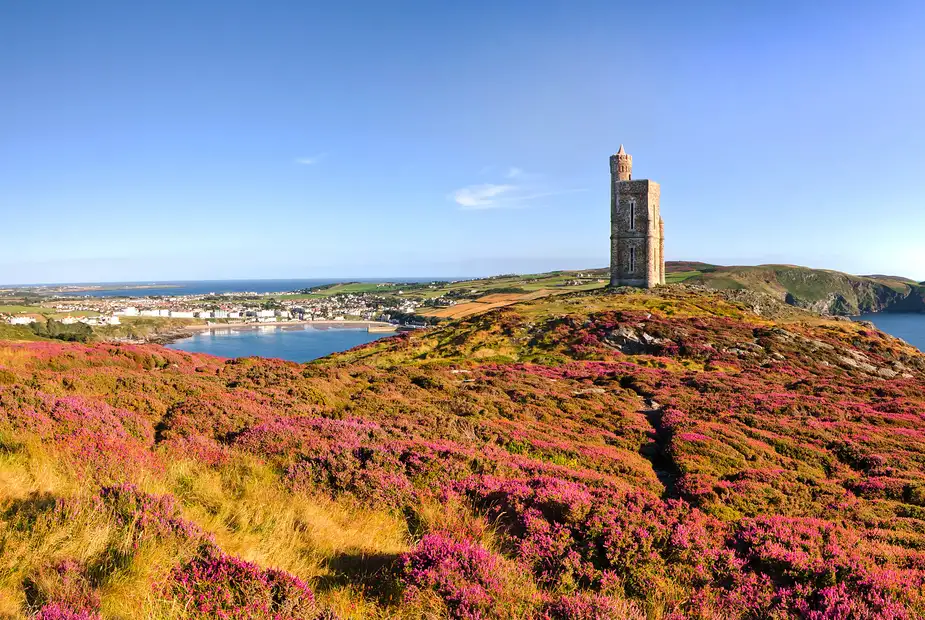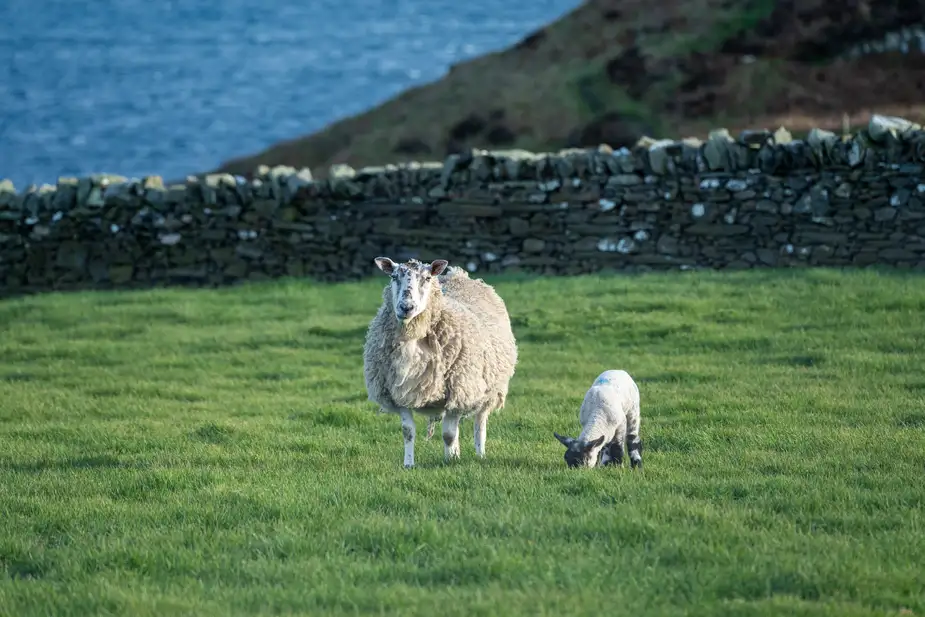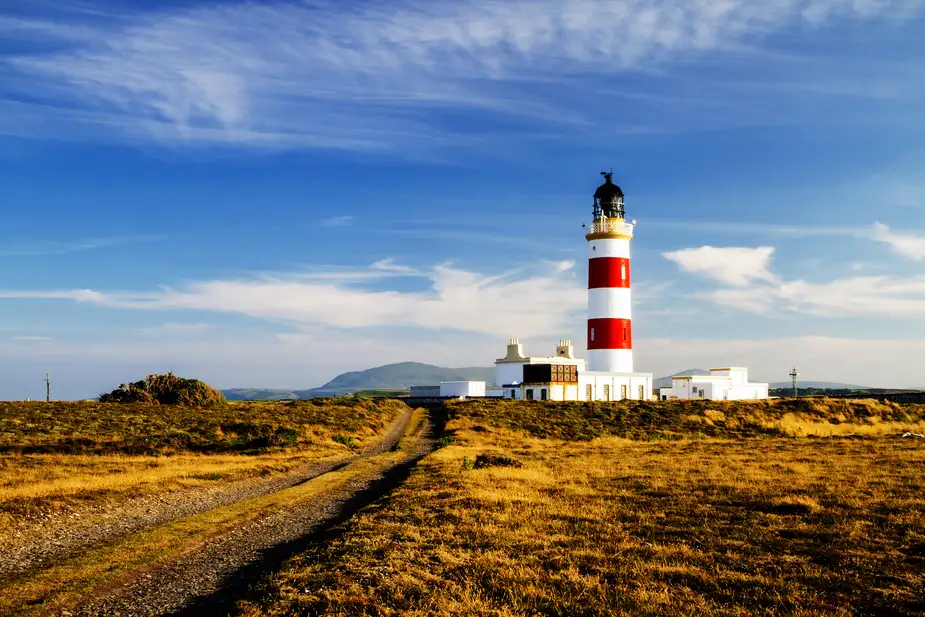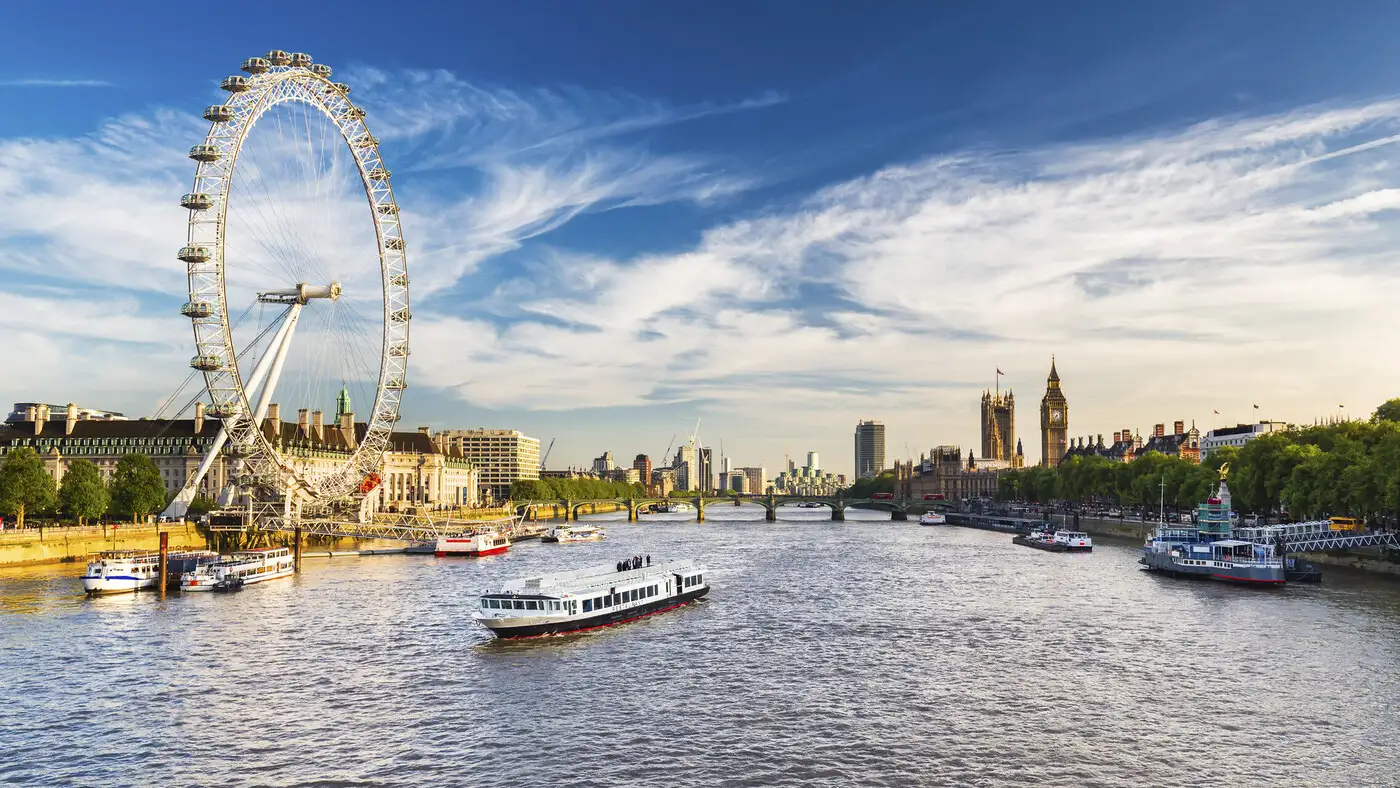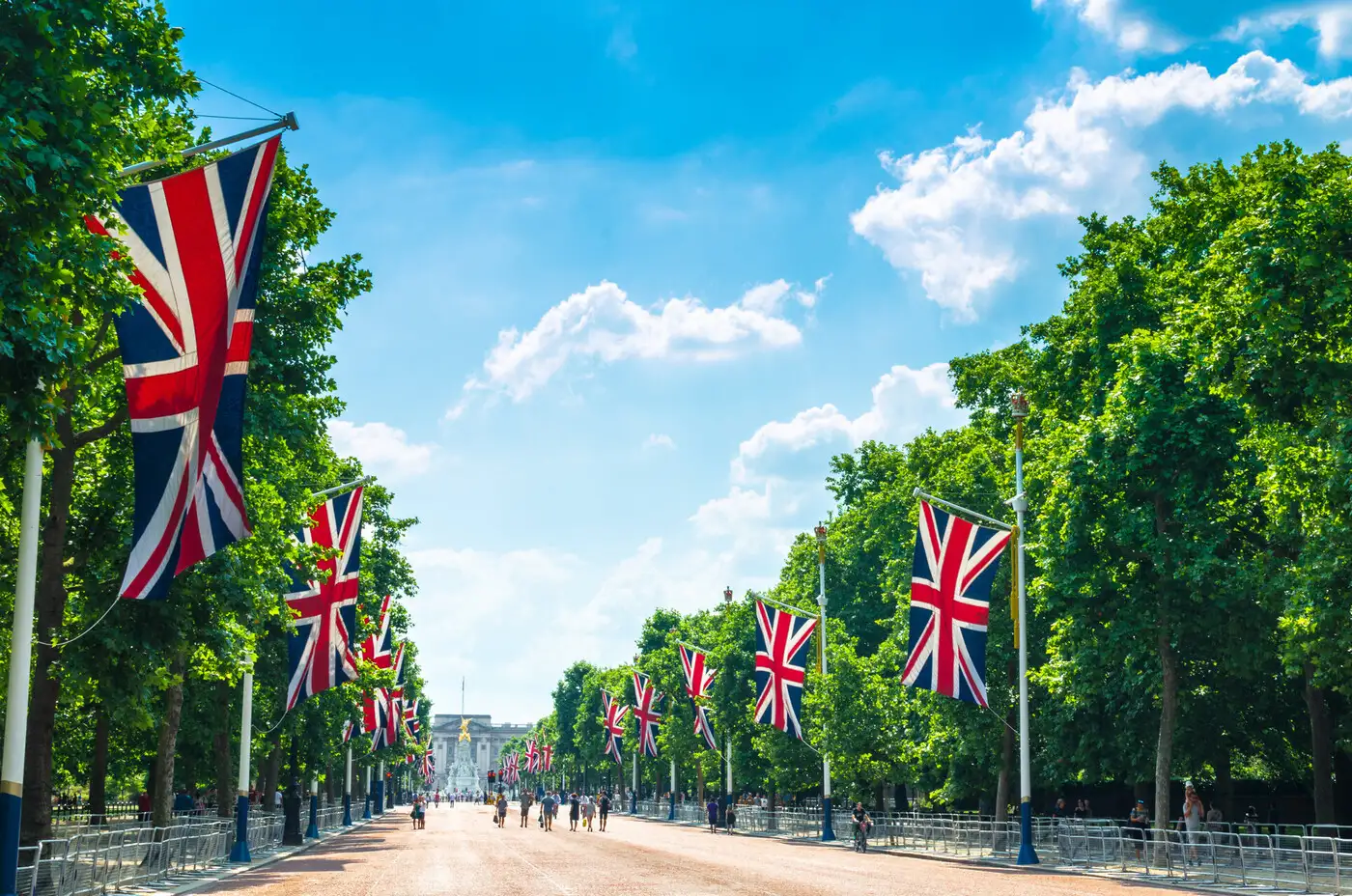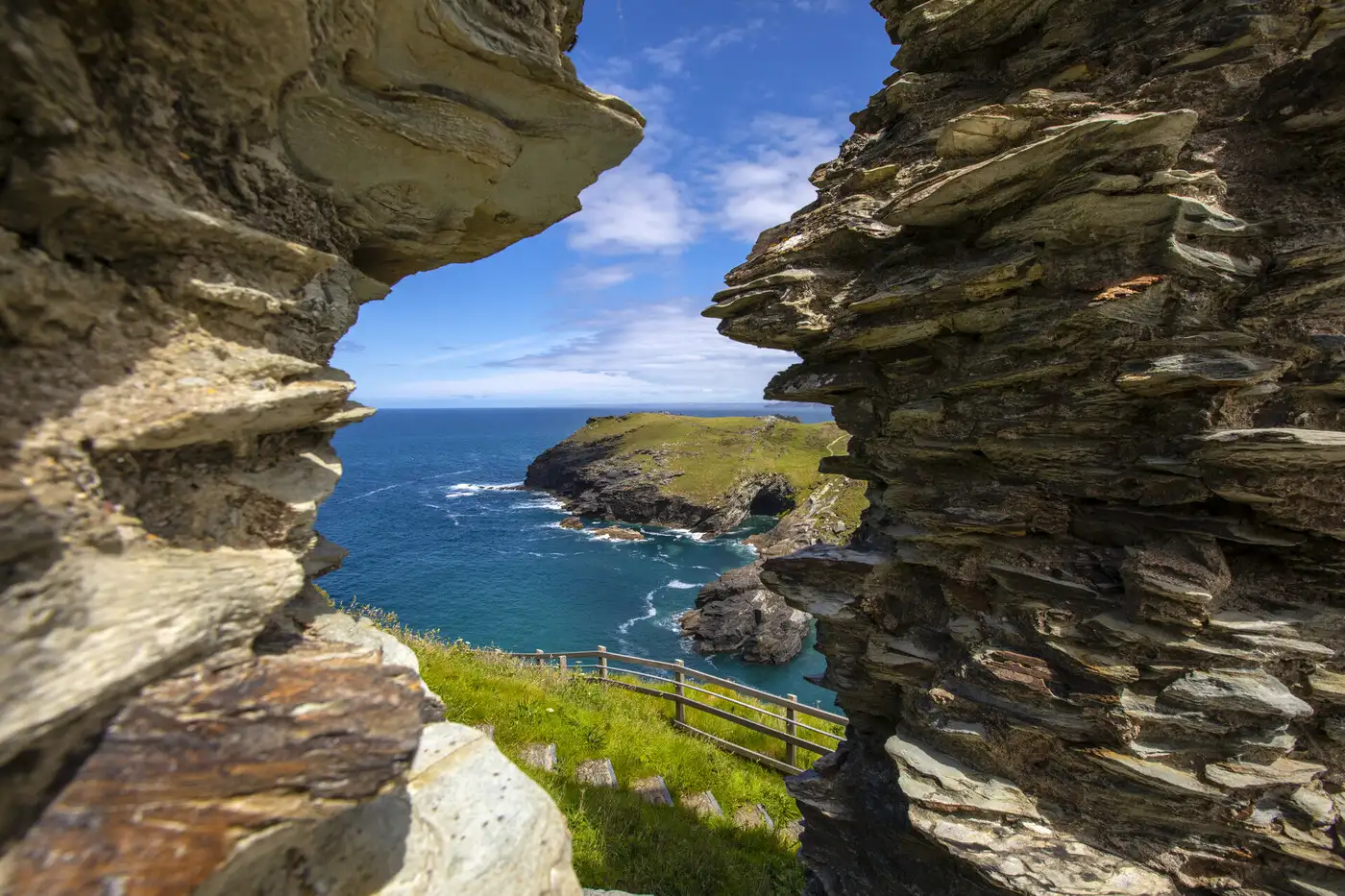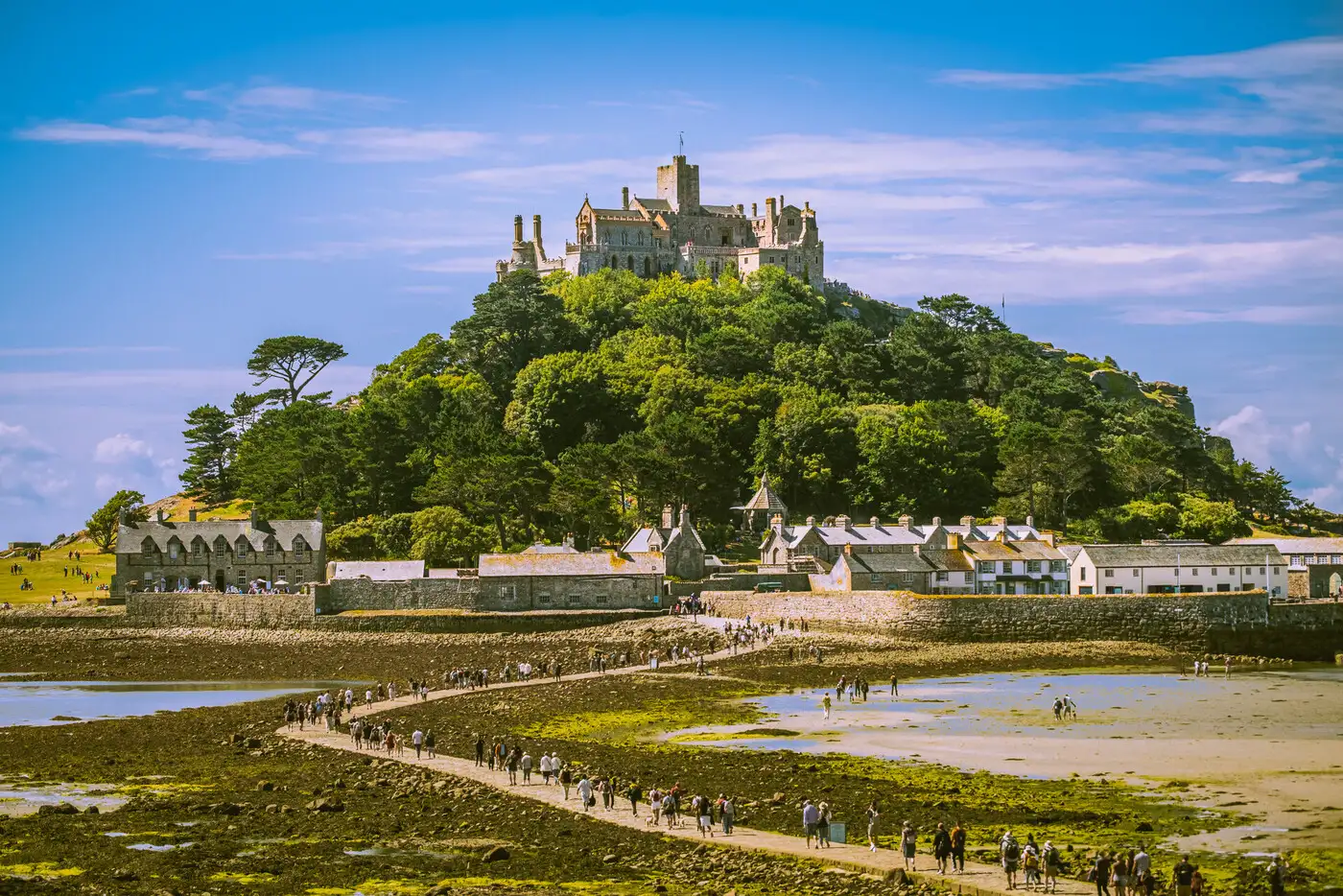Tynwald Hill at St John's represents one of democracy's most ancient sites, where Viking settlers established parliamentary traditions that predate most European assemblies by centuries. The artificial mound, built from soil taken from each of the island's seventeen parishes, symbolises the unity of all Manx people under one democratic system that has functioned continuously for over a thousand years.
Each July 5th, Tynwald Day ceremonies recreate medieval practices when laws were proclaimed in both English and Manx, ensuring all islanders understood legislation affecting their lives. The outdoor parliament, conducted exactly as Viking tradition demanded, demonstrates remarkable constitutional continuity that survived conquest, occupation, and centuries of political change throughout Europe.
We journey to Peel, the island's western stronghold, where St Patrick's Isle connects to the mainland by causeway at low tide. This strategic position attracted Celtic monks, Viking raiders, and medieval bishops who built the impressive cathedral ruins that crown the island. The red sandstone walls glow in afternoon light, creating one of the British Isles' most romantic ecclesiastical sites.
The House of Manannan brings Celtic and Viking heritage to life through innovative displays that recreate the sounds, smells, and experiences of ancient life. Named for the sea god who supposedly shrouded the island in protective mist, the museum explores the myths and realities of Manx culture from prehistoric times through medieval Christian conversion to modern rediscovery of Celtic identity.
Interactive exhibits demonstrate how Vikings transformed Celtic society while adopting local customs and beliefs. The famous Manx crosses, combining Christian symbolism with pagan motifs, illustrate this cultural fusion that created distinctly Manx identity. Archaeological discoveries from recent excavations add new chapters to understanding how successive peoples adapted to island life.
Our final visit to the Manx Museum in Douglas provides comprehensive overview of island heritage from Ice Age hunters to modern prosperity. The museum's collections span archaeology, natural history, and cultural traditions that survived centuries of external influence while maintaining essential Manx character. Tonight's farewell dinner celebrates our journey through these remarkable island communities.
Overnight in Douglas.
Included Meal(s): Breakfast and Dinner